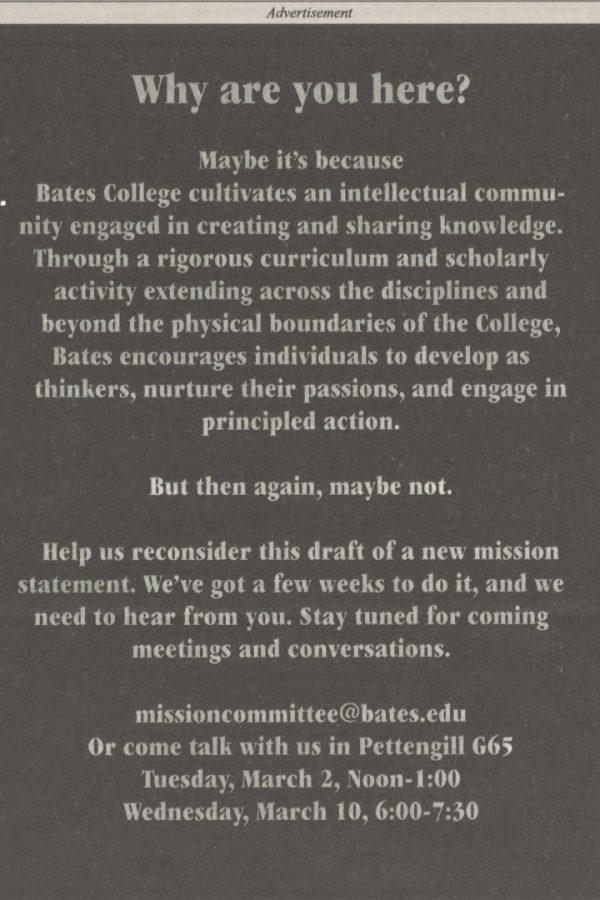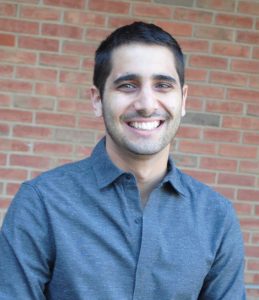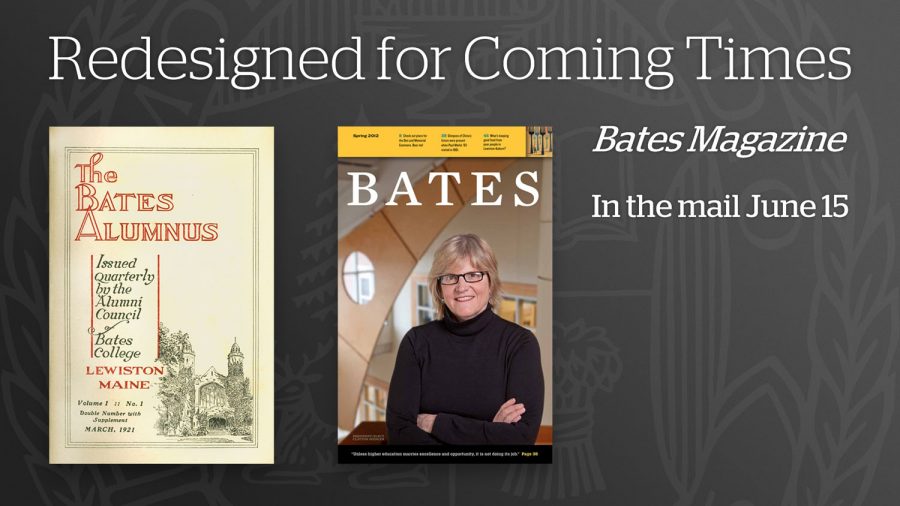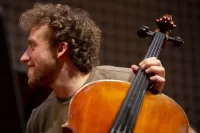
During one of the spring 2010 meetings that ultimately produced Bates’ current mission statement, the working group hit a roadblock.
“People were going back and forth about ways to look at something, and we were not coming to a consensus,” recalls Leslie Hill, associate professor of politics and a member of the mission statement subcommittee.
Then a student, one of four in the 14-member group, spoke up. “He spoke passionately. He articulated the issue in terms that were clear to him and, I think, different for some of the rest of us, but that brought some insight into what we were talking about,” Hill says.
+The Bates College Mission Statement
Since 1855, Bates College has been dedicated to the emancipating potential of the liberal arts. Bates educates the whole person through creative and rigorous scholarship in a collaborative residential community. With ardor and devotion— Amore ac Studio — we engage the transformative power of our differences, cultivating intellectual discovery and informed civic action. Preparing leaders sustained by a love of learning and a commitment to responsible stewardship of the wider world, Bates is a college for coming times.
“And I just remember thinking, ‘Wow, it is terrific that this young person could really open this back up again.’ He created an opportunity for us to hear each other better. And I was so impressed by that.”
Adopted 10 years ago this month, the 77-word Bates mission statement has become a touchstone for the college community. “Any college that leads its mission statement with an affirmation of the ‘emancipating potential of the liberal arts’ is a place I want to be,” Clayton Spencer said at the ceremony announcing her appointment as college president, in December 2011.
And as Hill’s story suggests, the statement resulted from a collaboration that, a decade later, remains a bright memory for the people involved. “Other than those wonderful moments I have with students, that process was the most delightful thing I’ve been associated with at Bates,” says Rebecca Herzig, who chaired the Mission and Purposes Subcommittee that crafted the statement as part of Bates’ decadal accreditation review.
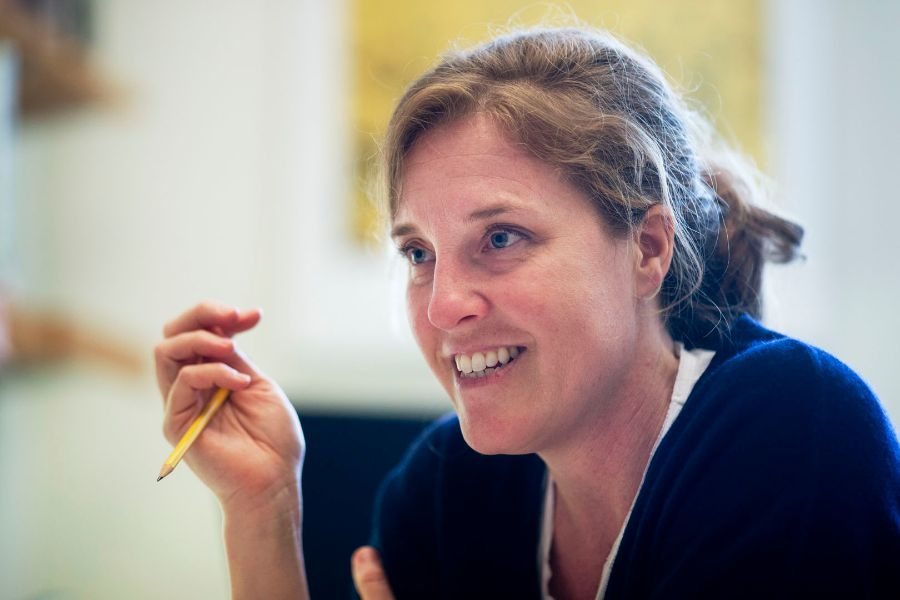
“The committee was wonderful,” says Herzig, a professor of gender and sexuality studies. “Just a marvelous, committed, smart group that represented a lot of facets of Bates.”
Paul Gastonguay ’89, a committee member and the college’s tennis coach, agrees. “Everyone on the committee took great care to ensure that all of Bates’ foundational and essential characteristics were authentically represented.”
Settling on a mission statement, whether existing or new, is an essential step in the college’s accreditation review. The statement is “the standard by which our performance on all the other standards is measured” during the review process, Herzig explains. (The 2000 review proceeded from the 1990 mission statement. And, yes, accreditation review is happening again now — but there are no plans to change the mission statement.)
Starting in February 2010 and facing a hard deadline — that May’s meeting of the Board of Trustees, whose approval would activate the statement — “we were working fast.” They had just three months not just to forge a draft, but to secure buy-in from “as many possible individuals and constituencies as we could,” Herzig explains.
“And we did it” — winning unanimous approval from the trustees.
From start to finish, in fact, the process was painstakingly consultative. “We sought out expertise wherever we could find it,” says Herzig.
“We talked to poets about tone and rhythm. We talked to classicists about various interpretations of the motto,” the Latin Amore ac Studio (“with ardor and devotion”). “We talked to archivists about text we could mine for ideas, and to alumni about what stuck with them most about their Bates educations.”
To reach students, the team held a “Mission Night” in Commons, put a draft of the statement on napkin holders in the Den, ran ads in The Bates Student, and got air time on campus radio station WRBC-FM. They even showed the draft to prospective families visiting campus, who were surprised “that we might care what they thought,” Herzig says.
The speed of creating the statement is all the more striking when you consider the thematic burden the Mission and Purposes Subcommittee had to bear. First of all, of course, the statement needed to, er, state what Bates does: It “educates the whole person through creative and rigorous scholarship in a collaborative residential community.”
But there were aspirational values to assert and to align with that academic function — imperatives of equity and inclusion and of environmental sustainability, for instance, not to mention the hoped-for ethical posture of Bates graduates. And there were guiding voices to summon forth, notably those of Bates founder Oren Cheney (whose “college for coming time” gained an “s” for clarity — “coming times”) and of educator and civil rights leader Rev. Benjamin Mays, Class of 1920.
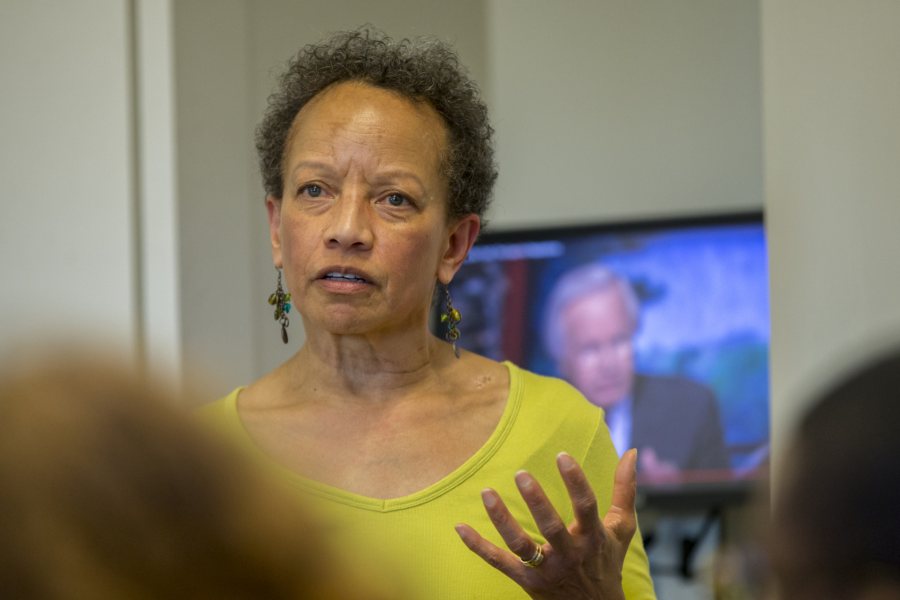
Mays, in fact, inspired one of the most-cited phrases in the mission statement. In Born to Rebel, his autobiography, he credited the college with “making it possible for me to emancipate myself, to accept with dignity my own worth as a free man.” The mission statement, in turn, leads off with the college’s dedication to “the emancipating potential of the liberal arts.”
Equally powerful is “the transformative power of our differences,” which is not only a potent phrase in and of itself but, in its context in the mission statement, is revealed as the engine of the Bates enterprise.
Not surprisingly, “there was some real wrestling around the phrase ‘transformative power,’” as Leslie Hill recalls. The subcommittee needed to reconcile Bates’ historic invocation of diversity with a contemporary understanding of equity and inclusion. “It has a different meaning and, of course, different opportunities and possibilities,” Hill says. Moreover, they needed to make inclusiveness “more substantial — not simply to add ‘different faces’ to the community, but rather figure out how their presences enrich the community.”
Crafting the mission statement “gave us an opportunity to articulate and debate what we really think we’re trying to do.”
In short, there was a lot to load into a text that, the subcommittee believed, needed to be much shorter than its 283-word predecessor. “In its conciseness, the new statement gave us bite-sized values, priorities, and action steps that we could look at, understand, recite, and act upon,” says Marianne Cowan ’92, a member of the subcommittee who is now Associate Director of Program Design for Bates’ Center for Purposeful Work.
“And it gave us something to talk about to an external audience — especially, perhaps, the 17-year-old high school student — so they understand who we are and what’s important to us.”
It’s a testament to the subcommittee’s powers of perception, distillation, and balance that, 10 years later, the Bates mission statement is so present in the daily life of the college. It has been the basis for admission essays and has informed course design. And its language resonates in campus proclamations large and small.
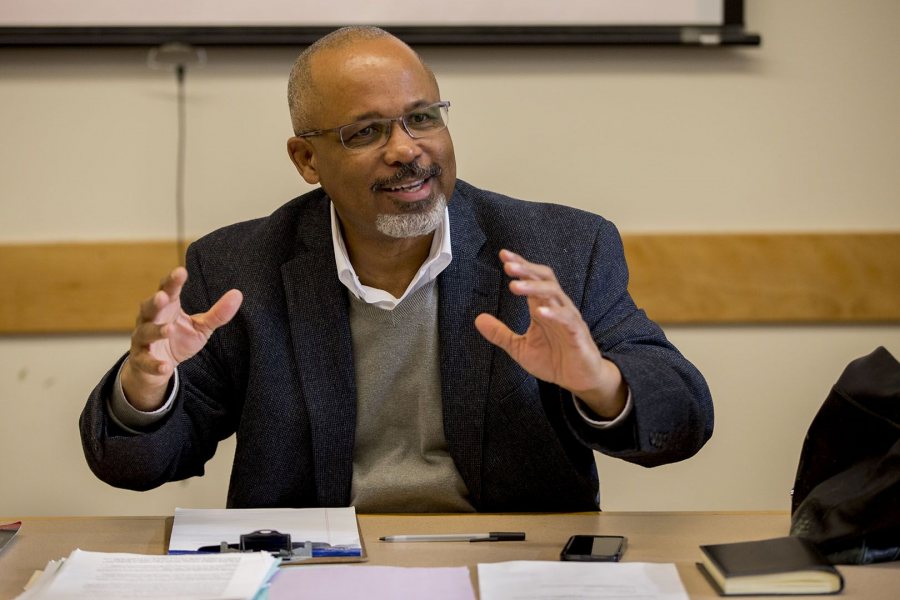
“I’m continually struck by how frequently and how divergently Bates people pull on the mission statement,” Herzig says. “People call on it as a tool to crack open conversations, to move forward with ambitions, projects, hopes. They use it to critique things that they find troubling. ‘Why aren’t we living up to the mission in this way?’”
Part of that utility, naturally, resides in those 77 words themselves. But the process itself of assembling them, she says, also influenced the Bates culture. “It gave us an opportunity to articulate and debate what we really think we’re trying to do.”
One student on the subcommittee has carried insights from that process into his professional life. Now a postdoctoral research fellow at The New School for Social Research, Mikey Pasek ’12 earned a doctorate in social psychology at Penn State and now studies how people with different ethnic and religious identities cooperate or clash with one another across group lines.
Thanks to his mission statement experience, “I pay acute attention to the way that organizations and colleges describe their mission,” Pasek says. “Understanding how a school sees itself tells me a lot about whether it is the type of organization I’d want to dedicate myself to.”
It’s a harsh irony that the Bates mission statement’s 10th anniversary comes just as fate, in the form of COVID-19, is challenging the college and its guiding ethos in ways that could have hardly been predicted. For most of the past decade, for example, one of the statement’s concepts most taken for granted was Bates’ essential nature as a “residential community.” But no one’s taking it for granted these days.
Still, as another member of the 2010 mission statement subcommittee points out, that statement itself carries the seeds of its own re-invention. “It seems like a sort of romanticized or idealistic vision of who we are, but it’s really much more than that,” says Marcus Bruce ’77, professor of religious studies.
“As we try to get oriented in the midst of crisis, especially one that impacts us on so many different levels, it’s important to have that mission statement as a guide in terms of our history and our vision of ourselves at a particular period of time and what we envision for the future.
“I think it’s really important.”
